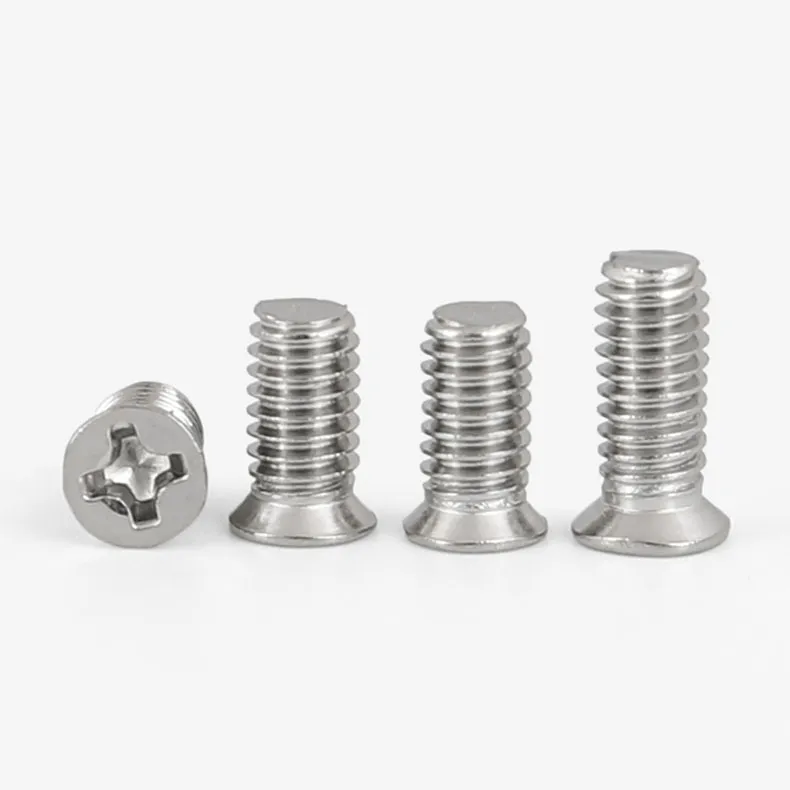

a325 type 3
Dec . 22, 2024 21:58 Back to list
a325 type 3
Understanding A325 Type 3 Bolts A Key Component in Structural Steel Connections
In the realm of construction and engineering, the integrity of structures relies heavily on the materials used in their assembly. Among these materials, high-strength bolts have emerged as indispensable components, particularly A325 Type 3 bolts. These bolts stand out for their unique properties and applications, playing a crucial role in ensuring the safety and durability of various structures.
What is an A325 Bolt?
The A325 bolts are high-strength structural bolts that conform to the ASTM A325 specification, which outlines the requirements for their chemical composition, mechanical properties, and testing standards. These bolts are commonly used in steel construction and are available in various types, including Type 1, Type 2, and Type 3, each engineered for specific applications.
A325 Type 3 bolts are particularly noteworthy due to their enhanced corrosion resistance, which makes them suitable for use in environments that may expose them to moisture or corrosive elements. This attribute is critical as it directly influences the lifespan and maintenance needs of the structures they are part of.
Properties of A325 Type 3 Bolts
A325 Type 3 bolts are made from medium carbon steel and are typically coated with a proprietary corrosion-resistant material. The key properties of these bolts include
1. High Strength A325 bolts have minimum tensile strength requirements of 120 ksi (827 MPa), enabling them to withstand substantial loads.
2. Corrosion Resistance The protective coating, often made from a zinc alloy, provides additional resistance against environmental degradation.
3. Ductility These bolts exhibit good ductility, allowing them to deform without breaking under load, which is crucial in maintaining the connection integrity during extreme conditions.
4. Fatigue Resistance A325 Type 3 bolts are designed to endure repeated stress cycles, making them ideal for structures subjected to dynamic loads, such as bridges or buildings in high-wind areas.
a325 type 3

Applications
A325 Type 3 bolts are widely utilized in various structural applications, including
- Bridges Their strength and resistance to corrosion make them ideal for use in bridges, where they can be exposed to harsh weather conditions.
- High-Rise Buildings In tall structures, A325 Type 3 bolts help secure steel frames and connections, contributing to the overall stability of the building.
- Industrial Facilities These bolts are also used in the construction of factories and warehouses, where robust and durable connections are necessary to support heavy machinery and equipment.
Installation Practices
The installation of A325 Type 3 bolts requires adherence to specific guidelines to ensure their effectiveness. Proper torque settings must be employed to achieve the desired clamping force without over-tightening, which could lead to bolt failure. Additionally, it is essential to conduct thorough inspections during and after installation to identify any potential issues early on.
Environmental Considerations
In recent years, there has been increased awareness of the environmental impact of construction materials. A325 Type 3 bolts, thanks to their corrosion-resistant properties, contribute to sustainability by reducing the need for frequent replacement and maintenance, thereby minimizing waste and resource consumption over the lifespan of structures.
Conclusion
A325 Type 3 bolts represent a crucial advancement in bolt technology, combining high strength with enhanced corrosion resistance. Their applications across various industries underscore their importance in modern construction. As engineering challenges evolve, the role of A325 Type 3 bolts in maintaining structural integrity and safety will likely become even more significant, making them a fundamental element in the architecture of our built environment. Understanding their properties, applications, and proper handling is essential for engineers, architects, and construction professionals alike, ensuring that structures remain safe, durable, and resilient against the tests of time and nature.
Latest news
-
High-Strength Hot Dip Galvanized Bolts - Hebei Longze | Corrosion Resistance, Customization
NewsJul.30,2025
-
Hot Dip Galvanized Bolts-Hebei Longze|Corrosion Resistance&High Strength
NewsJul.30,2025
-
High-Strength Hot-Dip Galvanized Bolts-Hebei Longze|Corrosion Resistance&High Strength
NewsJul.30,2025
-
Hot Dip Galvanized Bolts-Hebei Longze|Corrosion Resistance&High Strength
NewsJul.30,2025
-
Hot Dip Galvanized Bolts - Hebei Longze | Corrosion Resistance, High Strength
NewsJul.30,2025
-
High-Strength Hot Dip Galvanized Bolts-Hebei Longze|Corrosion Resistance, Grade 8.8
NewsJul.30,2025

